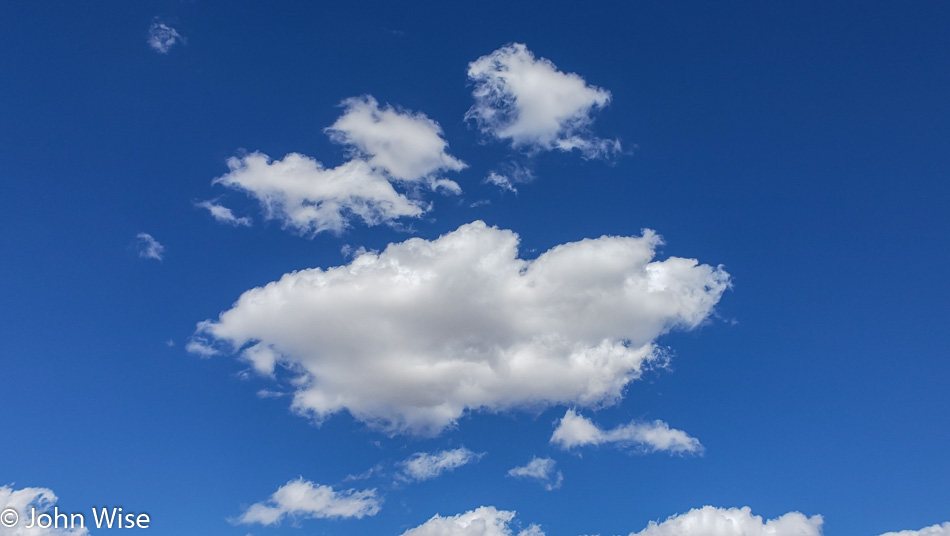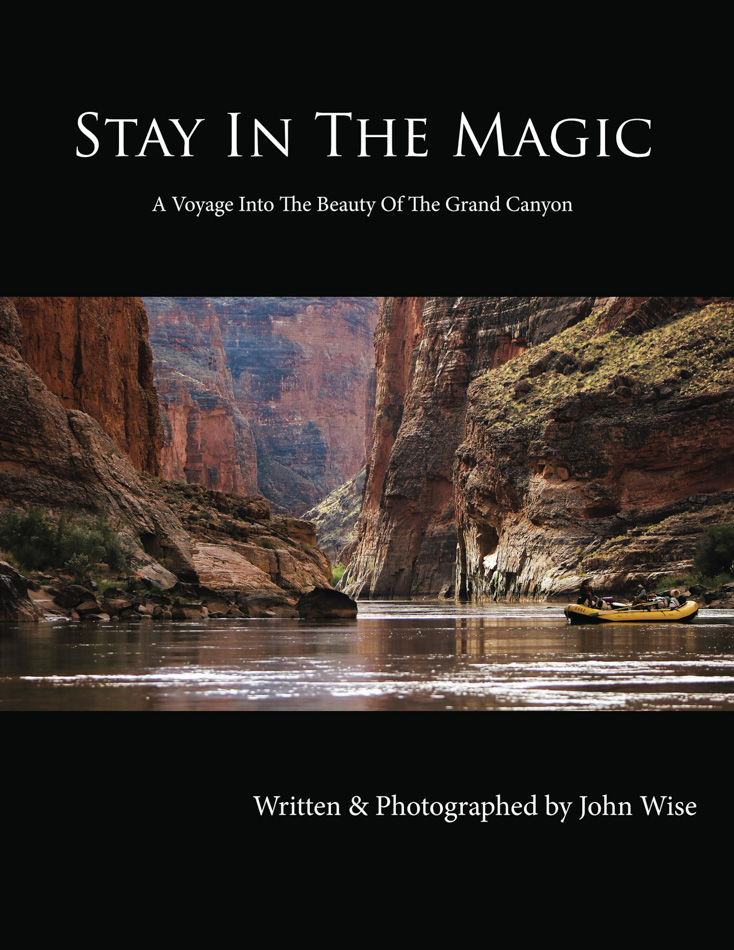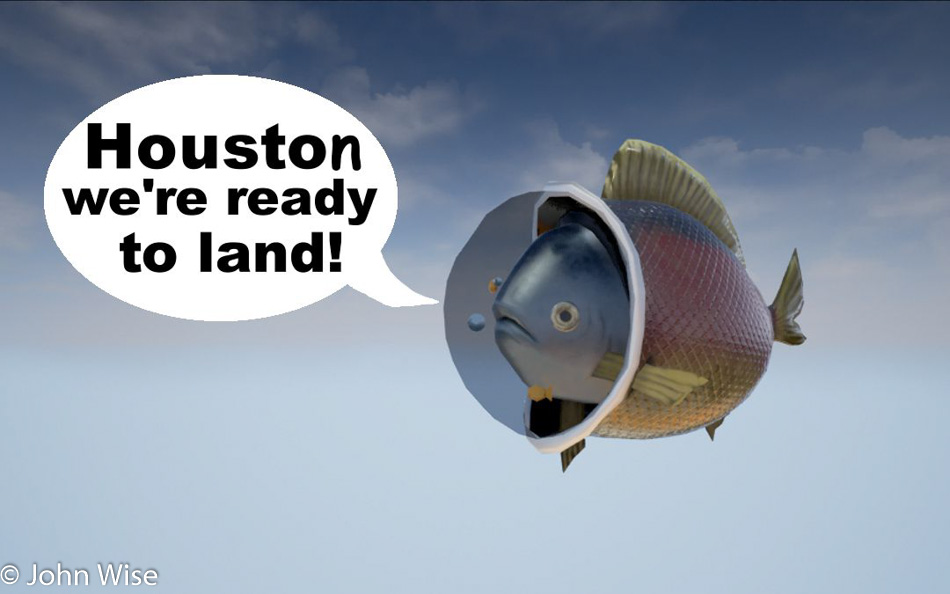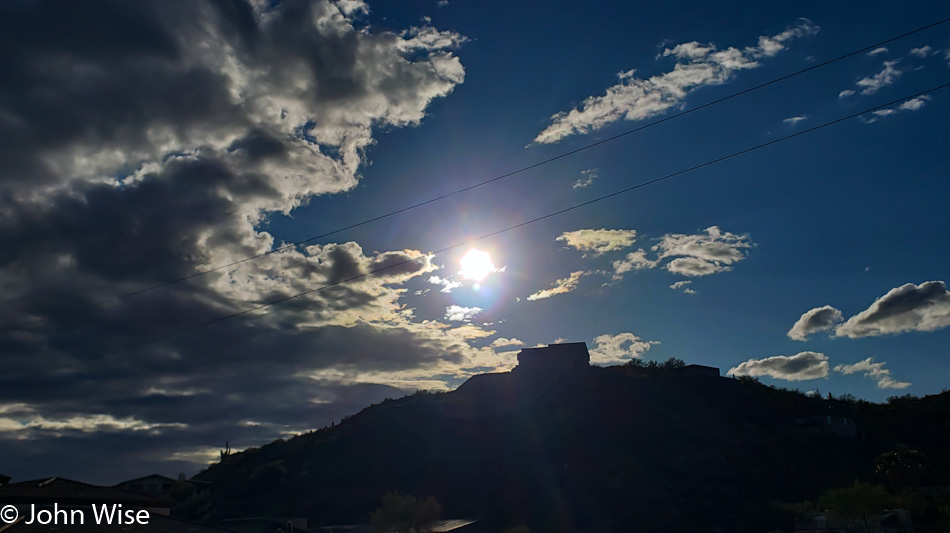
Walk, read, and work on organizing photos. As we are no longer driving anywhere, there’s no opportunity for Caroline to continue reading Magic Mountain by Thomas Mann to me. Our routine for over 30 years now has been for Caroline to read out loud to me while we drive unless the view is so spectacular that she must watch it or she starts getting sleepy, which causes her to stumble in focusing on words and their order, it’s kind of comical really.
I returned to organizing the long-neglected images we dragged back from Germany in the mid-90s and I’m done removing duplicates and things that would never again have a purpose. Regarding any perceived purpose for those images, the idea is that they’ll fall into the back of my blog, posted as close as I can get to the dates we created them, and some future civilization will reassemble the trajectory our lives were taking back then.
Going through our fresh food, it turns out that I make too much of anything I’m preparing, and instead of particular foods being consumed and moving on to something on the next day, we are saddled with at least four portions of most everything. A week ago, I made egg salad with a dozen eggs, figuring it would disappear with the two of us home in a few days – wrong! Only today are we done with it. Similarly, toilet paper for the two of us is not being used as quickly as I thought it might. I believe it took a solid week to go through a roll, so today, we dated the inside of the roll then when it’s finished, we’ll know exactly how long it lasted. If this is true, I’m embarrassed at how many weeks of TP we have. Then again, I’m not feeling sorry for anyone else as for 31 years, we ONLY use single-ply toilet paper, and nobody likes that stuff; we’ve even had complaints from visitors.
Then I go out for yet another walk and marvel at just how beautiful the sky is today. No, I did not take this photo the other day when I posted a similar photo; it’s seriously been this nice. To be honest, almost every day in the Phoenix area is so nice, and it seems like we rarely have clouds in the sky under most circumstances.
Back home and needing a break from the computer, I head to the bathroom to scrub the shit out of it. Oh, we are out of Comet after I clean the toilet? No problem, I’ll just order some from Amazon. Nope, they are sold out. Home Depot is sold out, too. I can guess EVERYONE is sold out of scrubbing cleansers of any type. While everyone is talking about the shortage of toilet paper, I see nobody talking about how it seems that all cleaning products are out of stock. Merde. Insult meet injury: I just broke the mop. Please, Store Gods, have a mop waiting for me as I venture out into the zone de pest… I’m back from my outing, and in an uncrowded Albertson’s, I scored the mop, two replacement heads because I swear that after I buy a mop, I can never get new heads (and they change the design to thwart my efforts), some window cleaner and nothing else, because I didn’t need anything else.
For ten days straight, maybe 9 (I don’t want to reread Day 0.5 right now), one of many silver linings to this situation is that Caroline and I walk together multiple times a day, not just early morning and after dinner. I’m able to prepare all of our meals, and we get to eat together, well as much as two people sitting at their respective desks can do such a thing. I hope that answers your questioning mind right now where you might wonder if we have a dining table; no, we don’t. While we’re on this subject, we don’t have anything like a couch or guest chairs anymore either; we do have one folding chair and a weaving bench if we need a second place to sit. Obviously, we don’t own a television, and our bed is a futon that sits low enough to the floor that my 56-year-old knees sometimes groan as I get up in the morning.
Caroline has requested I be a bit more vigilant in my noting of our menu as she’s finding our isolation rather luxurious so far. Tonight’s meal was a flash-fried ranchera steak covered in a ton of garlic sauteed in butter along with Calabacitas, which is zucchini, fresh corn, onions, and lime juice. With the dishes done, it’s time yet again for a walk.
Earlier today, I put together Day 1 of Stay In The Magic so I can publish it in the morning. Funny, after not reading a word of it in 8 years, it’s like I just finished it yesterday. Well, I’m about done with this day and need to pass this on to Caroline for proofreading, and then we can both just chill out. Walk stats for today were as follows: 18,147 steps for 8.5 miles or 13.8 kilometers and 147 active minutes.




